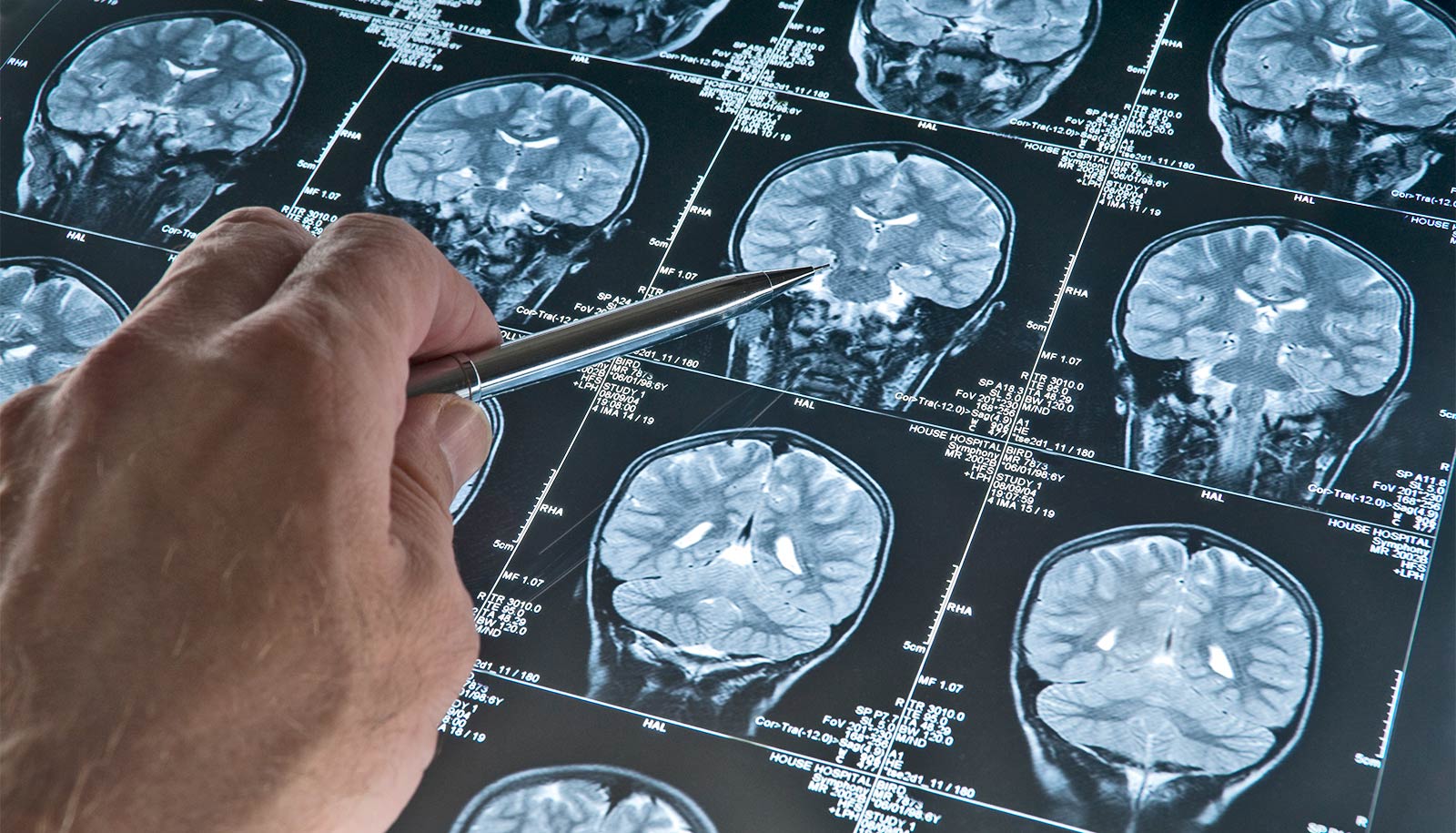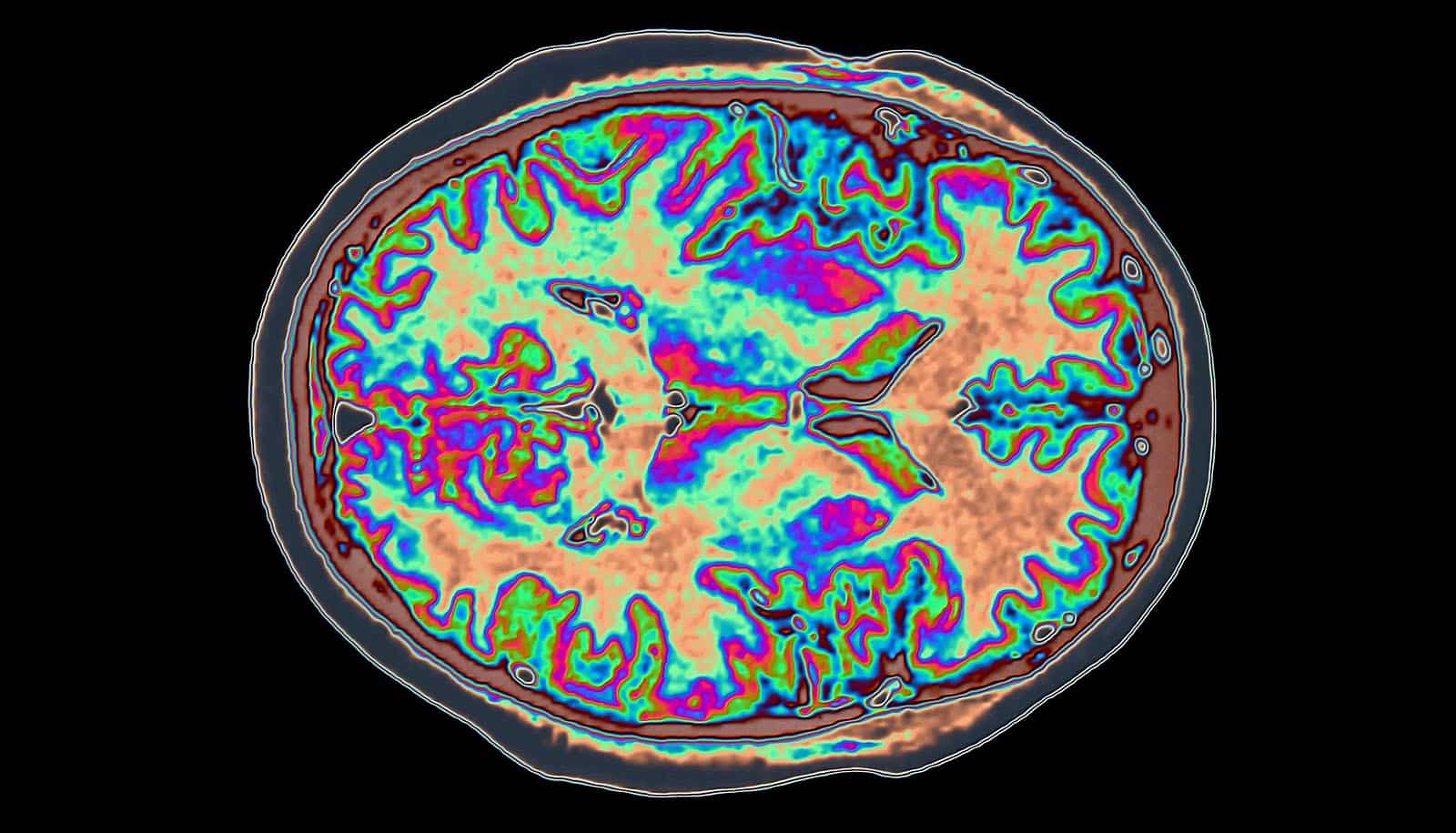New research is uncovering surprising insights about brain pathways that could offer alternative ways for practitioners to identify early signs of schizophrenia.
The study identifies connections that show unique spatial variation across the brain and enhanced sensitivity in the brains of patients with schizophrenia.
“This research marks an exciting leap forward, offering an entirely new lens to capture the complex, hidden fluctuations within functional brain networks,” says Distinguished University Professor of Psychology Vince Calhoun, one of the principal investigators on the study.
Traditional functional brain connectivity studies, which use fMRI scans to identify patterns in brain activity, hold promise for illuminating alterations in people with chronic brain disorders such as schizophrenia. But these studies typically focus on the linear relationships between brain areas and neglect other patterns.
The researchers developed a method to extract maps of large-scale brain networks from these typically neglected, nonlinear patterns, revealing a previously unrecognized dimension of brain organization in humans.
Strikingly, the team found that brain networks identified with this technique reflect differences between individuals with schizophrenia and controls that would otherwise be hidden from conventional linear connectivity studies. The findings emphasize the importance of leveraging these patterns to construct clinical biomarkers and inform theories of brain function and disfunction.
“By focusing on nonlinear relationships—often overlooked in traditional neuroimaging—we uncover structured spatial patterns that could reveal the underpinnings of brain network function,” Calhoun says.
“Crucially, these nonlinear patterns show disruptions in individuals with schizophrenia, even when typical linear patterns appear unchanged.”
Calhoun is a Georgia Research Alliance Eminent Scholar with faculty appointments at Georgia Tech and Emory University and leads the collaborative tri-institutional Center for Translational Research in Neuroimaging and Data Science, or TReNDS Center. He is also a senior author on the study.
“We discovered these new functional brain connectivity patterns by using statistical methods that move beyond the patterns that most studies target,” says first author Spencer Kinsey, a third-year PhD student in neuroscience and a team member of the TReNDS Center.
“While functional connectivity studies typically aim to analyze linear patterns in brain connectivity, we instead focused on nonlinear connectivity patterns.”
The lead principal investigator on the study, Armin Iraji, is an assistant professor of computer science and neuroscience and part of the TReNDS research team.
“A decade of dedicated research has laid the foundation for a groundbreaking platform that will reimagine brain signals in new dimensions,” he says. “By leveraging advanced mathematical techniques and transcending conventional spatial and temporal limitations, we’re poised to unlock the brain’s secrets, uncover hidden intrinsic patterns and push the boundaries of neuroscience. This innovative approach promises to revolutionize our understanding of mental disorders, aging, neurodegenerative diseases, and more.”
“This discovery brings us closer to identifying a potential brain-based biomarker for schizophrenia, with profound implications for early diagnosis and targeted intervention,” Calhoun says.
The research appears in the journal Nature Mental Health.
The research was funded by the US National Institutes of Health. It also received funding, in part, from Georgia State’s Research Innovation and Scholarly Excellence (RISE) initiative, which supports transformative projects across research fields.
Source: Georgia State University



